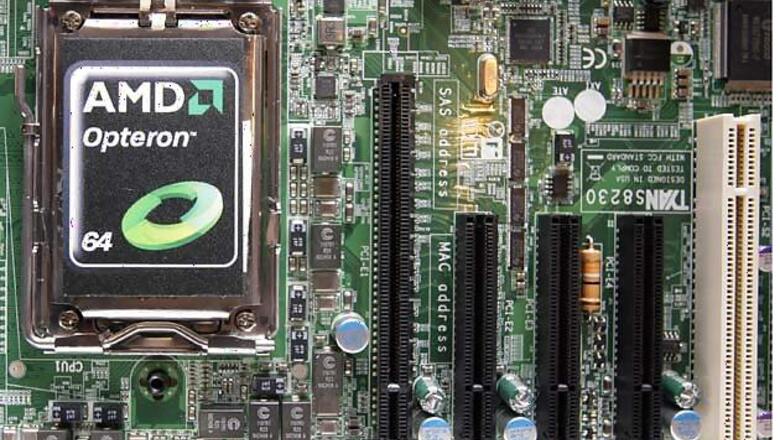
views
Huston: Global Chip maker AMD, which has appointed Indian-American Arun Iyengar as the corporate vice president and general manager of a new unit, is looking to capitalise on the opportunity in the embedded applications market.
The AMD Embedded Solutions Group will operate as a separate business within AMD's Global Business Units under the company's Senior Vice President Lisa Su.
The embedded microprocessor market is expected to reach USD 6 billion this year, and is projected to expand at an annual growth rate of 12-15 per cent through 2014 according to VDC Research Group.
Iyengar has more than 20 years of industry experience. Prior to joining AMD, Iyengar held several leadership roles at Altera, including his most recent role where he served as vice president of Altera's Military, Industrial, Computing (MIC) business division.
"AMD APUs (Accelerated Process Units) have been extremely well received by embedded system designers who require more graphic-intensive displays and compute power, while continuing to increase our engagement with ecosystem partners to deliver a complete solution," said Lisa Su.
"Arun's appointment and dedicated focus on expanding our differentiated embedded offerings will help ensure we are seizing the opportunity to expand in this rapidly growing market," she added.
Besides, AMD also announced Cloudera certification at the AMD Fusion Developers Summit 2012 last week in the US for an AMD-based Colfax server cluster, which will bring more value to big data without an unnecessary price premium. The cluster consists of six Colfax 2UCX2270-N4 servers -
each with two AMD Opteron 6200 Series processors - running the popular Cloudera Distribution including Apache Hadoop.
Cloudera CTO and co-founder Amr Awadallah showcased at the keynote that how technology innovations are changing the business intelligence data stack and delivered key insight to work being done at AMD to bring the power of GPU compute to this technology area.
Awadallah illustrated how enterprises can derive complete value from both unstructured and structured data, gaining the ability ask and get answers to previously unanswered questions.
He also explained how Hadoop and relational databases complement each other, enabling organisations to access the latent information in all their data under a variety of operational and economic constraints.




















Comments
0 comment